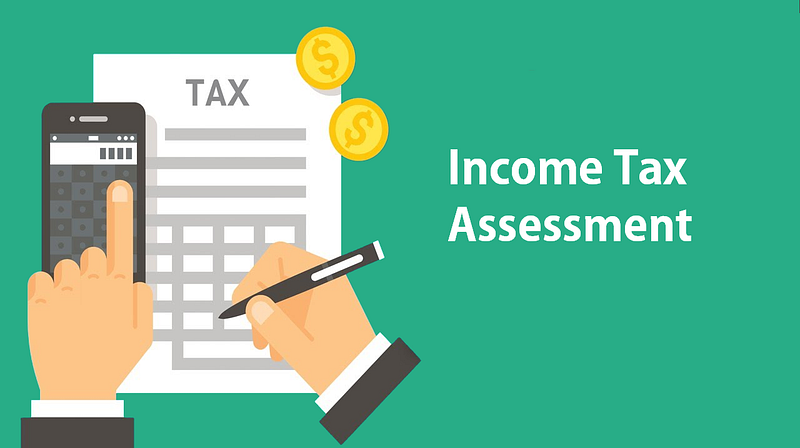
If anyone wishes to take a position their money in shares then they need to gain complete knowledge about the stock exchange before initiating any investment. Otherwise, there are huge chances that you simply might suffer unbearable losses. during this article, we discuss all the possible difference between preferred stock and equity shares.
The Definition
Equity shares and preferred stock are quite similar, yet different within the way they function and provide you with returns. once you own equity shares of a corporation , the dividends are subject to how the corporate is performing. And sometimes , you would possibly not even receive any dividends.
This is one major difference between equity shares and preferred stock . With preferred stock , the corporate is sure to pay you dividends, since the quantity is fixed but not with equity shares.
Preference Shares
Preferred Stocks also referred to as preferred stock are those shares which are given preference as regards to payment of dividend and repayment of capital. The term “preferred share” refers to the very fact that its holders receive preferential treatment over common stockholders within the event of liquidation and when dividends are paid but don’t enjoy normal voting rights. Therefore, preference in terms of dividend they need been named as preferred stock . also as, within the case of completing of the corporate or when the corporate went bankrupt, then payment of liabilities (like banks) are done first, then those with preferred stock & lastly equity shares. There are several points which create Difference between preferred stock and Equity shares. Therefore, the preferred stock get precedence over equity shares on all the matters.
Equity Shares
When you hear the word shares, people nearly always ask equity shares or common stock . With equity shares, a corporation offers you partial ownership and thus, involves tons of business risk. The members, who own equity shares, also acquire the proper to vote for critical decisions within the company. These decisions may include electing a replacement leader, acquisition, merger, etc. and that they play an important role in raising capital for the corporate . Equity capital forms the essential foundation of the corporate and its creditworthiness.
The dividends or payouts to equity shareholders predominantly depend upon the earnings of the corporate . Once the corporate has settled all other claims and expenses, it’ll pay its equity shareholders.
What Is The Difference Between Equity Share And Preference Share?
Both represent ownership capital and entitles you to possess a claim on the company’s profit within the sort of a dividend, announced by the company . When profit share is announced, preference shareholders have the primary claim. They receive their bonus at a hard and fast rate but don’t enjoy voting rights within the majority of companies like equity shareholders do.
When we mention investing in stocks, we usually ask equity shares, which also are called general shares. With this, a corporation offers you partial ownership within the company and thus , it involves high risk. Profit on equity shares depends on the company’s performance. And so, your dividend percentage also will fluctuate, which suggests you would possibly not receive any dividend sometimes . But with preferred stock , the corporate is sure to pay the dividend.
Secondly, risks of an equity shareholder are an equivalent as what the corporate experience. As compared to them, risk exposure of preference shareholders is nominal. So, they even have a preferential claim on receiving their capital back before the corporate settles its general shareholders.
For more information Click here
Source: Difference between Preference shares and Equity shares
